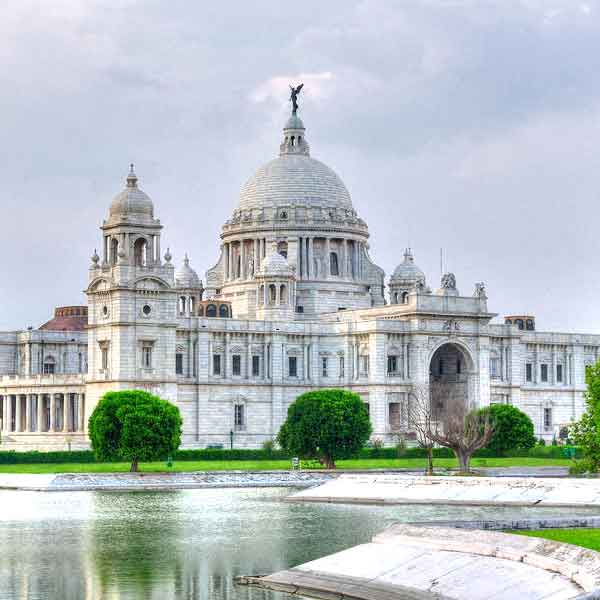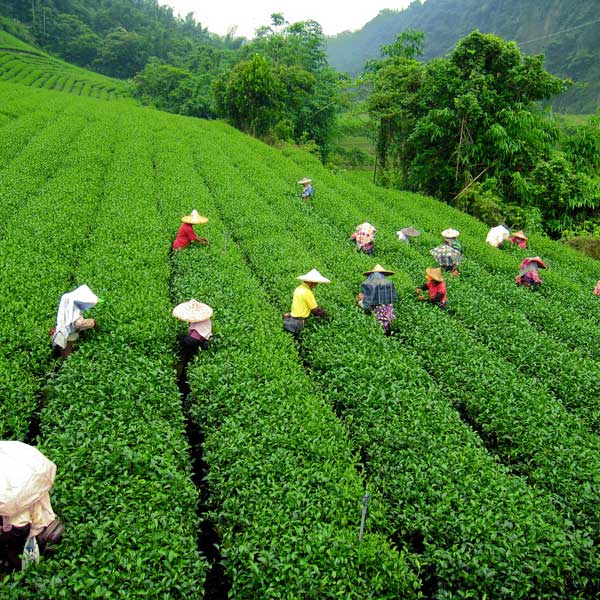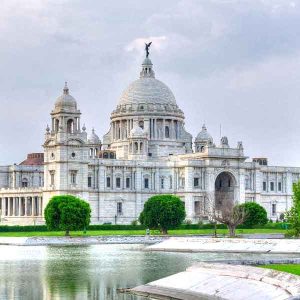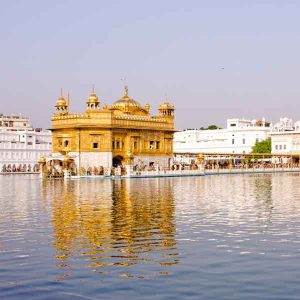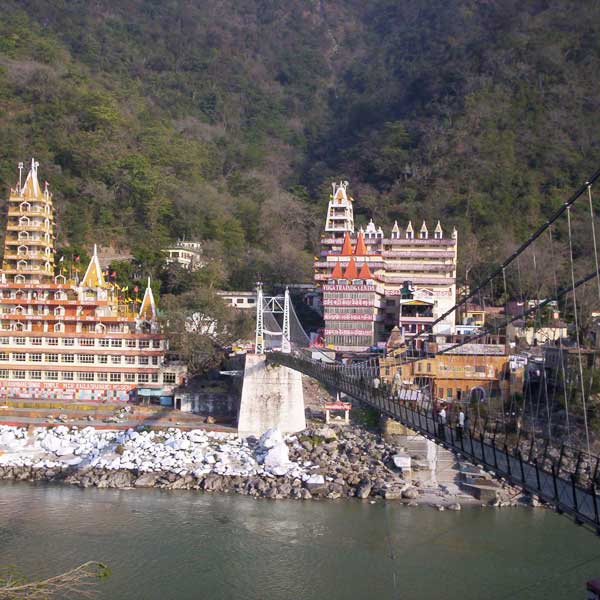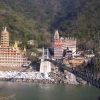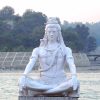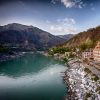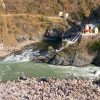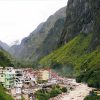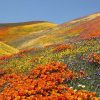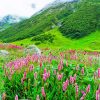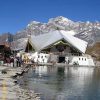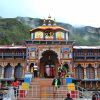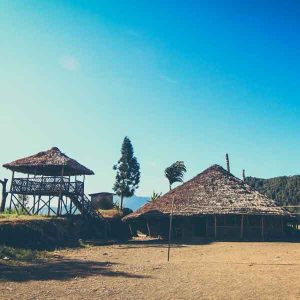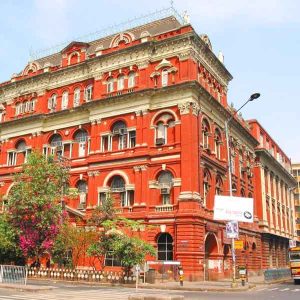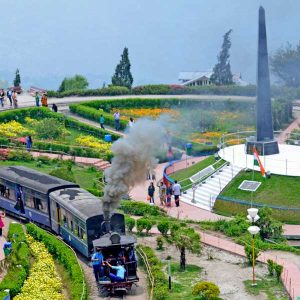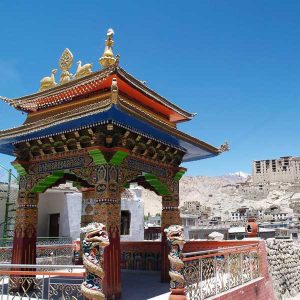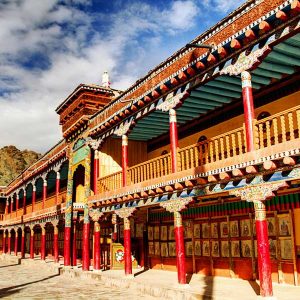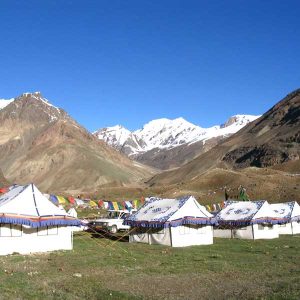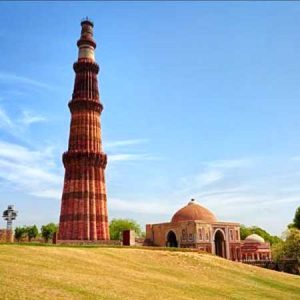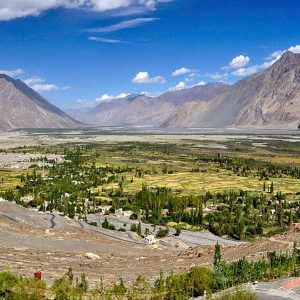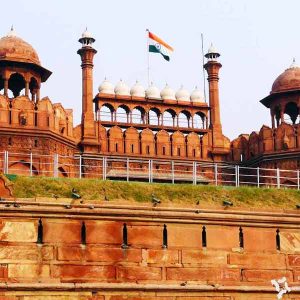Day 01: Arrive Delhi.
You arrive in Delhi by international flight. After a traditional ‘Swagat’ (Welcome) our representatives would assist you at the airport and escort you to the pre-booked hotel for overnight stay.
Day 02: Delhi to Rishikesh.
In the morning, we’ll drive to Rishikesh, a small town iin northern state of Uttarakhand, scenically located where the Ganges River comes down from the Himalayas. Ever since the Beatles rocked up at the ashram of the Maharishi Mahesh Yogi in the late ’60s, Rishikesh has been a magnet for spiritual seekers. Today it styles itself as the ‘Yoga Capital of the World’ – with some justification – as there are masses of ashrams and all kinds of yoga and meditation classes.In the evening, the breeze blows down the valley, setting temple bells ringing as sadhus (spiritual men), pilgrims and tourists prepare for the nightly ganga aarti ceremony. Late afternoon sight seeing tour of the city. Overnight stay at the hotel.
Day 03: Rishikesh to Rudraprayag.
After an early breakfast drive to Rudraprayagh. On the way visit Devprayag where Bhagirathi and Alaknanda rivers meet to form the holy river Ganges. Arrive at Rudraprayag.The small town, Rudraprayag, is situated at the holy confluence of river Alaknanda and river Mandakini. The presence of two separate routes for Badrinath and Kedarnath Dham from Rudraprayag render great importance to the place. There are more than 200 shrines dedicated to Lord Shiva in the district itself; the most important one being Kedarnath. Overnight at hotel in Rudraprayag.
Day 04: Rudraprayag to Govindghat.
After an early breakfast, drive to Govindghat. On reaching, after a few refreshments, we’ll embark on a 14 kms trek to Ghangaria. The climb is mostly steep, and occasionally levels out. The path moves along river Lakshman Ganga, which flows down below. On the way, we pass the Bhyundar village which looks picturesque, set in the middle of the mountains and the river flowing through it.Our eyes are peeled for flowers, and we already spot species of Cobra Lily, Clematis vine, and the beautiful Inula, a sunflower like flower. Our flower hunt has already begun. The trek continues and the last bit is a very steep climb which tires out everybody. The rule of the mountains is that one shouldn’t get disappointed with the tiring climbs – one is always rewarded with a beautiful view from the top. We feel rejuvinated on spotting a mile-stone which says, Ghangaria 1 km.Around early evening, we reach Ghangaria, a small village by the side of the river Lakshman Ganga and are transferred to tented accommodation for an early dinner and a respiteful overnight stay.
Day 05: Ghangaria – Valley of Flowers – Ghangaria.
The trail is well chalked out, and is a delightful ramble as it climbs gently through a coniferous forest, before descending to a bridge, and check-post that mark the official entry to the Valley of Flowers. Eternity begins here in the Valley of Flowers. A land of endless meadows, with insurmountable snowcapped peaks bearing icy glaciers that burst into streams, and a background of birdsong. Flowers carpet the entire valley and the leaves form a porous umbrella.On reaching the valley one is dumbfounded at the celebration of colours. Blossoms of different hues sing celestial songs in chorus and dance in the breeze that constantly plays on the harps of ether. All weariness goes away and we become like children playing in the celestial garden.In 1939, Miss Margarate Legge, a botanist deputed by the botanical gardens of Edinburgh arrived at the valley for further studies. While she was traversing some rocky slopes to collect flowers, she slipped off and was lost forever in the garden of the gods. Her sister later visited the valley and erected a memorial on the spot where she was buried by the locals. The thoughtful memorial is still there and the lines inscribed on the marble slab read:”I will lift mine eyes unto the Hills from whence cometh my help.”After a rejuvenating trek, finally the inevitable – we have to return bidding the Valley Good Bye. By evening the group would be escorted back to our base camp at Gangharia where dinner would be served after a round of refreshments. Overnight in Ghangaria.
Day 06: Ghangaria – Hemkund – Ghangaria.
After breakfast we leave with packed lunch for Hemkund Sahib (a Sikh religious place) on the banks of Hemkund Lake at a height of 4320 mts. This trek is gradual ascent on the cobbled path from the altitude of 3049 mts to 4320 mts in just 5 kms.One of the most revered of all sikh shrines, Hemkund Sahib is the world’s highest Gurudwara, is situated at an altitude of 4,329 mts. The sacred beautifully shaped Gurdwara near the Hemkund Lake is visited by large number of pilgrims from all over the world. It is believed that Guru Govind Singh, the tenth guru of Sikhs meditated and united with God at this place. Hemkund literally means ‘lake of ice’ – and true to its name, for eight months of the year this lake is frozen and inaccessible. When the weather warms up, the ice and snow melt, and meadows of ferns and moss and wildflowers sprout on its banks. Many rare flowers bloom here. The famed Brahmakamal grows in abundance amidst the rocks on the banks of the lake.In the afternoon trek down to reach Ghangaria for overnight stay. Evening is free for rest & relaxation. Overnight in tented accommodation at Ghangaria.
Day 07: Ghangaria – Govindghat – Badrinath – Joshimath.
In the morning after breakfast we trek to Govindghat, from where we proceed to Badrinath in vehicles.”There are several sacred shrines in heaven, on earth, and in hell; but there is no shrine like Badrinath.” – Skanda Purana. Several venerated pilgrimage sites dot the foothills and the peaks of the Himalayas , but the most noteworthy is Badrinath. The temple of Shri Badrinathji on the banks of Alaknanda River dates back to the vedic times. Built by the renowned 8th century philosopher and saint, Adi Guru Shankaracharya, the temple is situated at an altitude of 3,133 meters. The main attraction is a one meter tall black stone image of Vishnu, as Lord Badri Narayan. The statue depicts Vishnu sitting in meditative posture, rather than his far more typical reclining pose. After visiting Badrnath Temple, we return to Joshimath for overnight stay at our pre-booked hotel.
Day 08: Joshimath to Rudraprayag.
After breakfast, we depart for Rudraprayag. On reaching, we settle down in our pre-booked hotel. Afternoon sightseeing tour of Rudraprayag. Overnight at Rudraprayag.
Day 09: Rudraprayag to Rishikesh.
After breakfast, we’ll bid Goodbye to Rudraprayag and proceed on a drive back to Rishikesh. On arrival in the afternoon, you are checked in to your pre-booked hotel. Afternoon, sightseeing tour of Rishikesh. Overnight in Rishikesh.
Day 10: Rishikesh to Delhi.
Today, we’re on our way back to Delhi. On arrival you are transferred to your hotel. Rest of the day free at leisure. Overnight in Delhi.Delhi, the capital of India, is a city of many faces and shades. Here history brushes shoulders with modernity quite casually, and this endows the modern city with an ancient soul with a unique appeal.
Day 11: Delhi. Depart Delhi.
Today, you’ll be taken on a sightseeing tour of Old and New Delhi. In the evening, after a farewell dinner, you’ll be transferred to the International Airport to board your flight back home.Date and price to suit individual arrangements based on 2 people sharing. Breakfast included. Private air-conditioned car and driver with English speaking guides for sightseeing.

